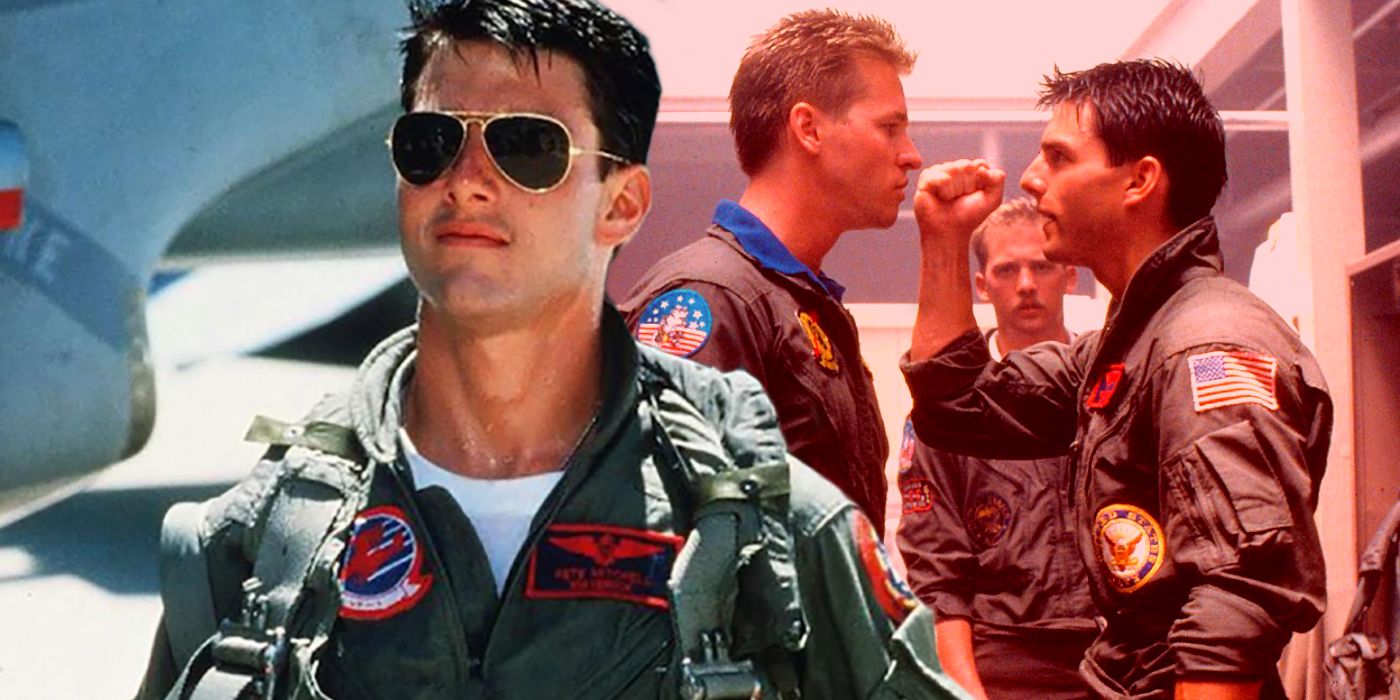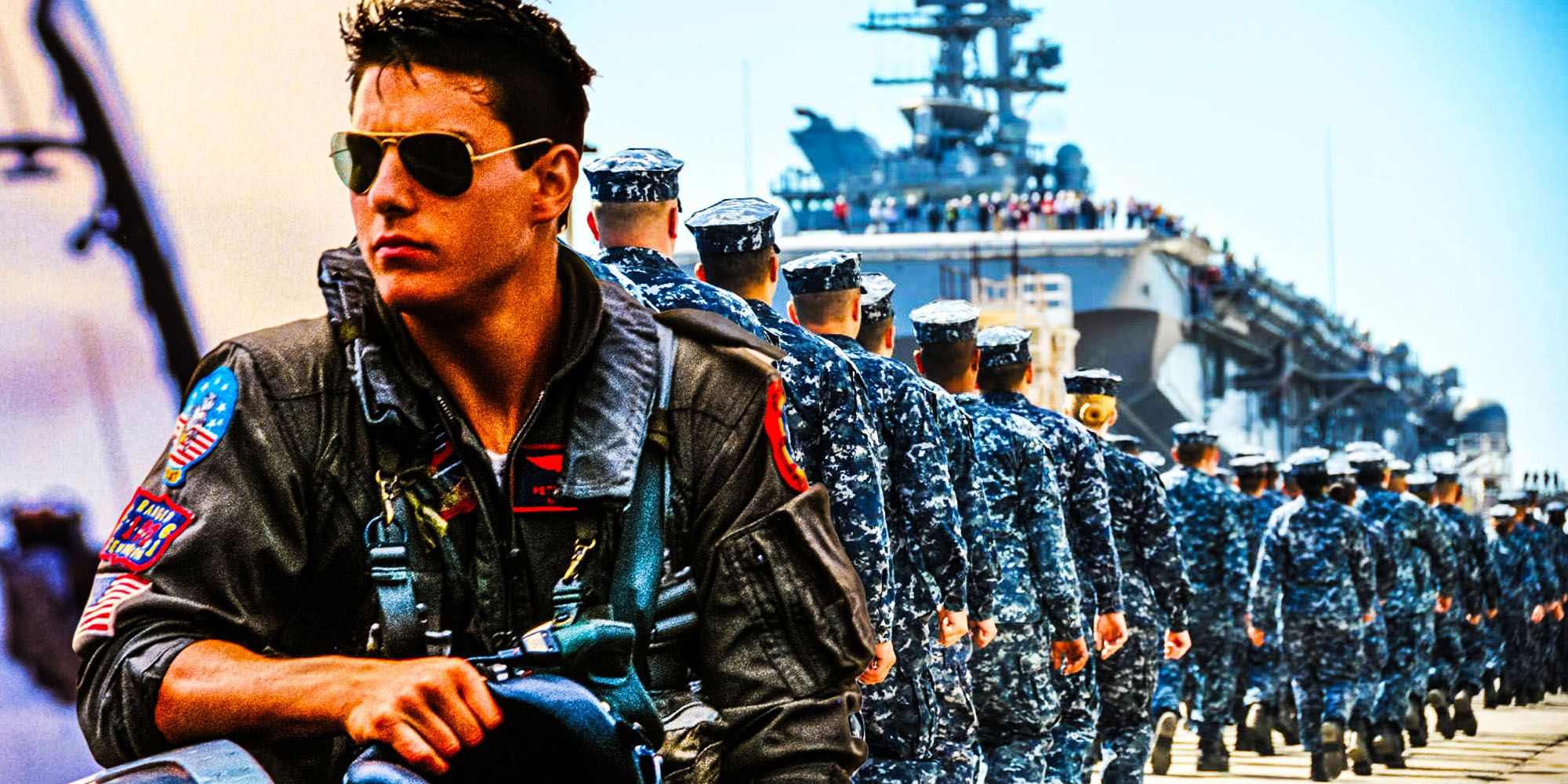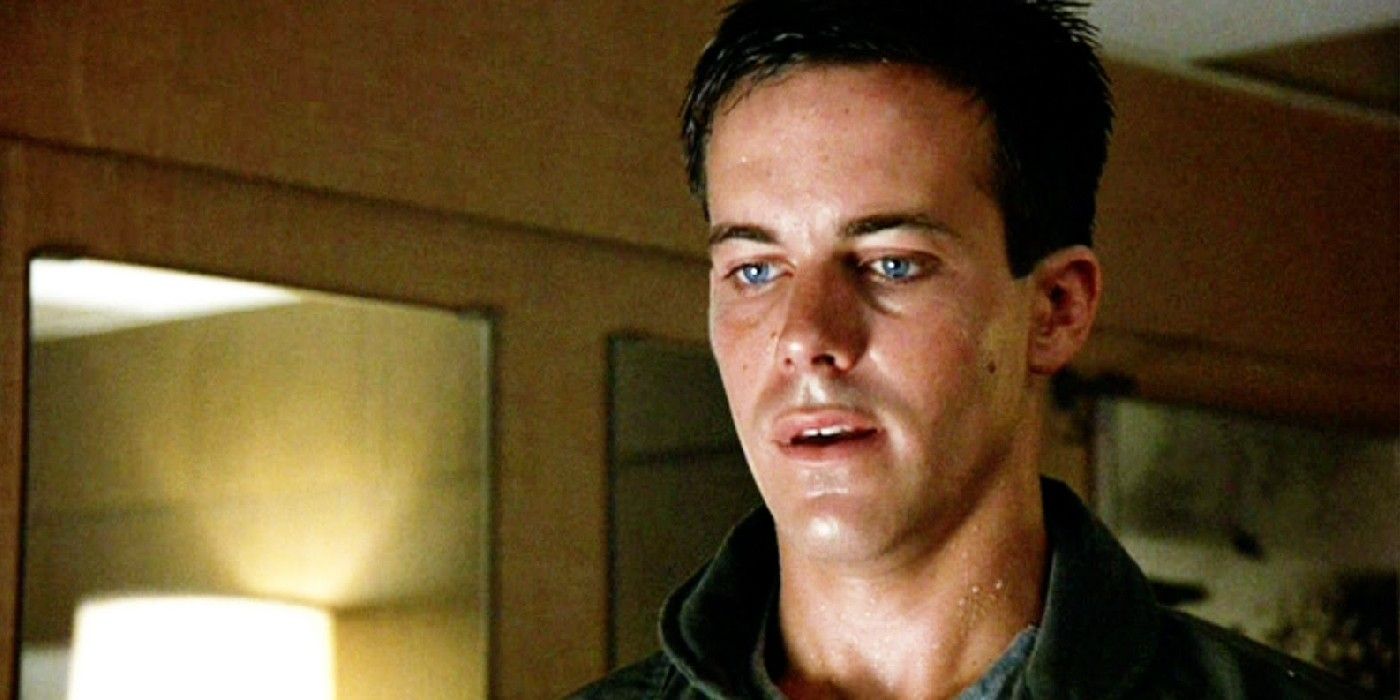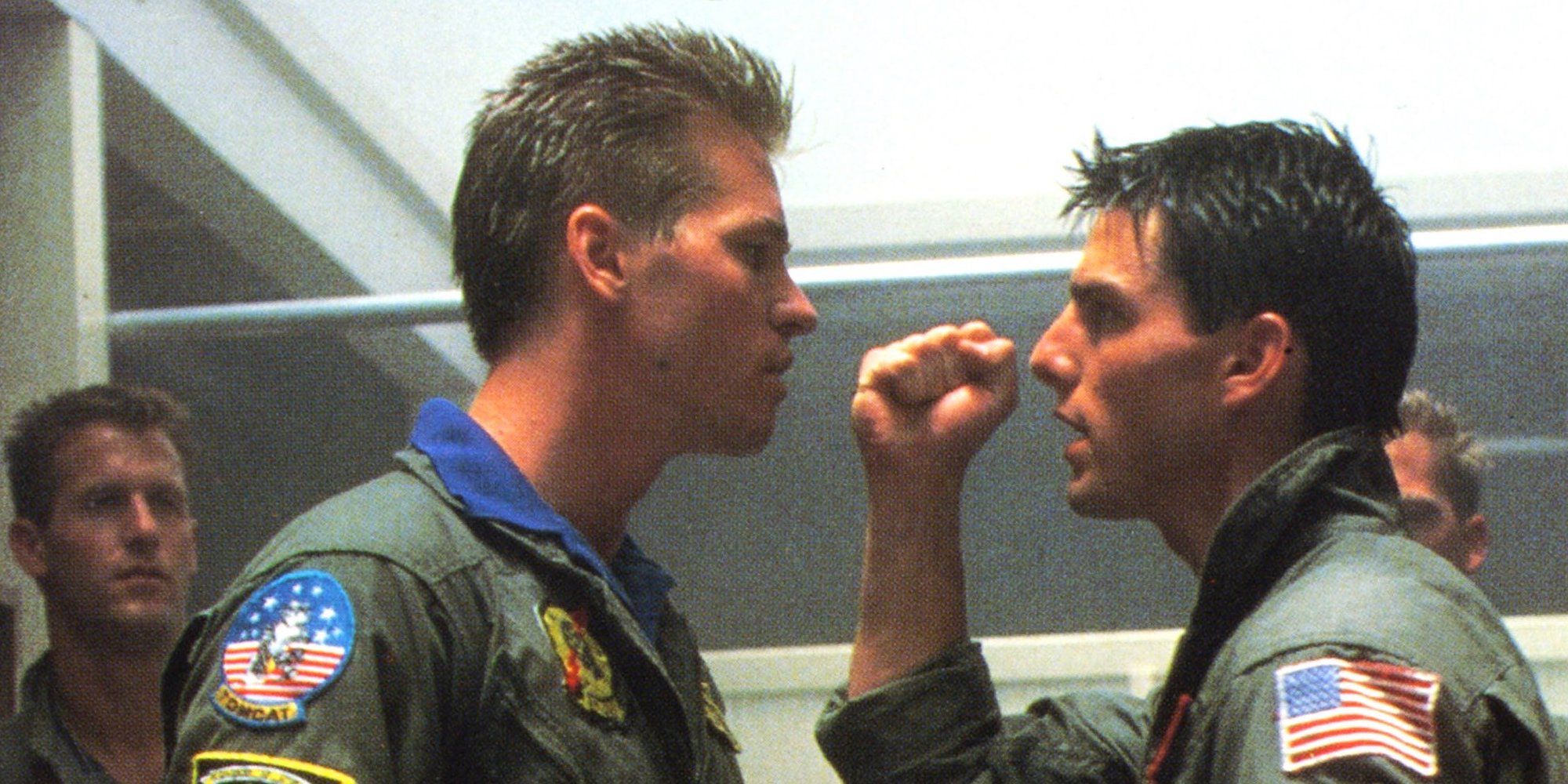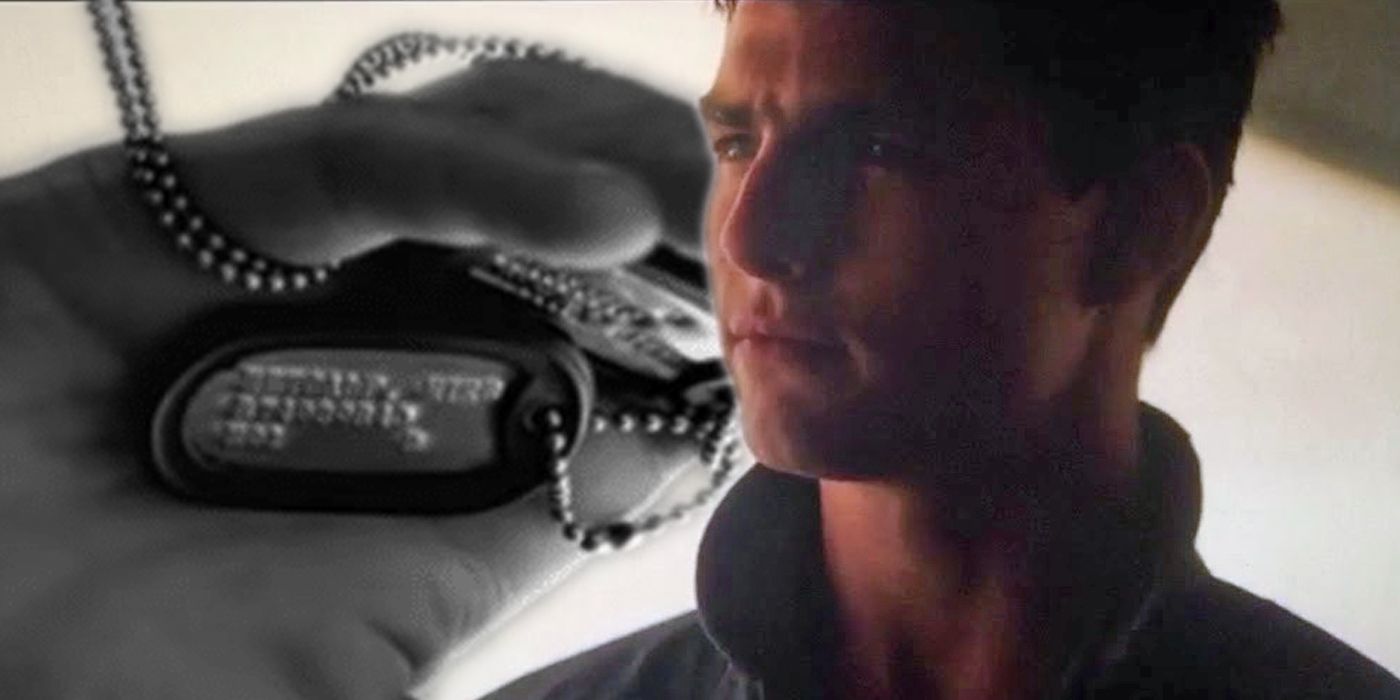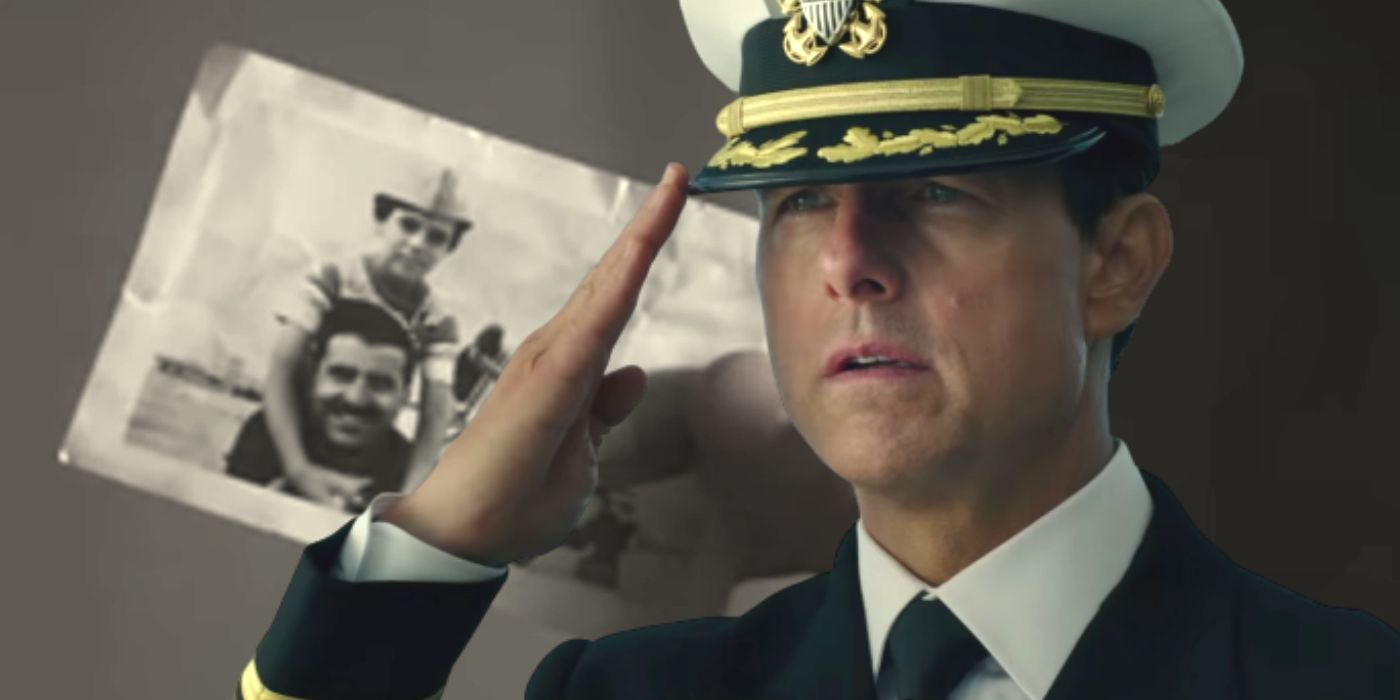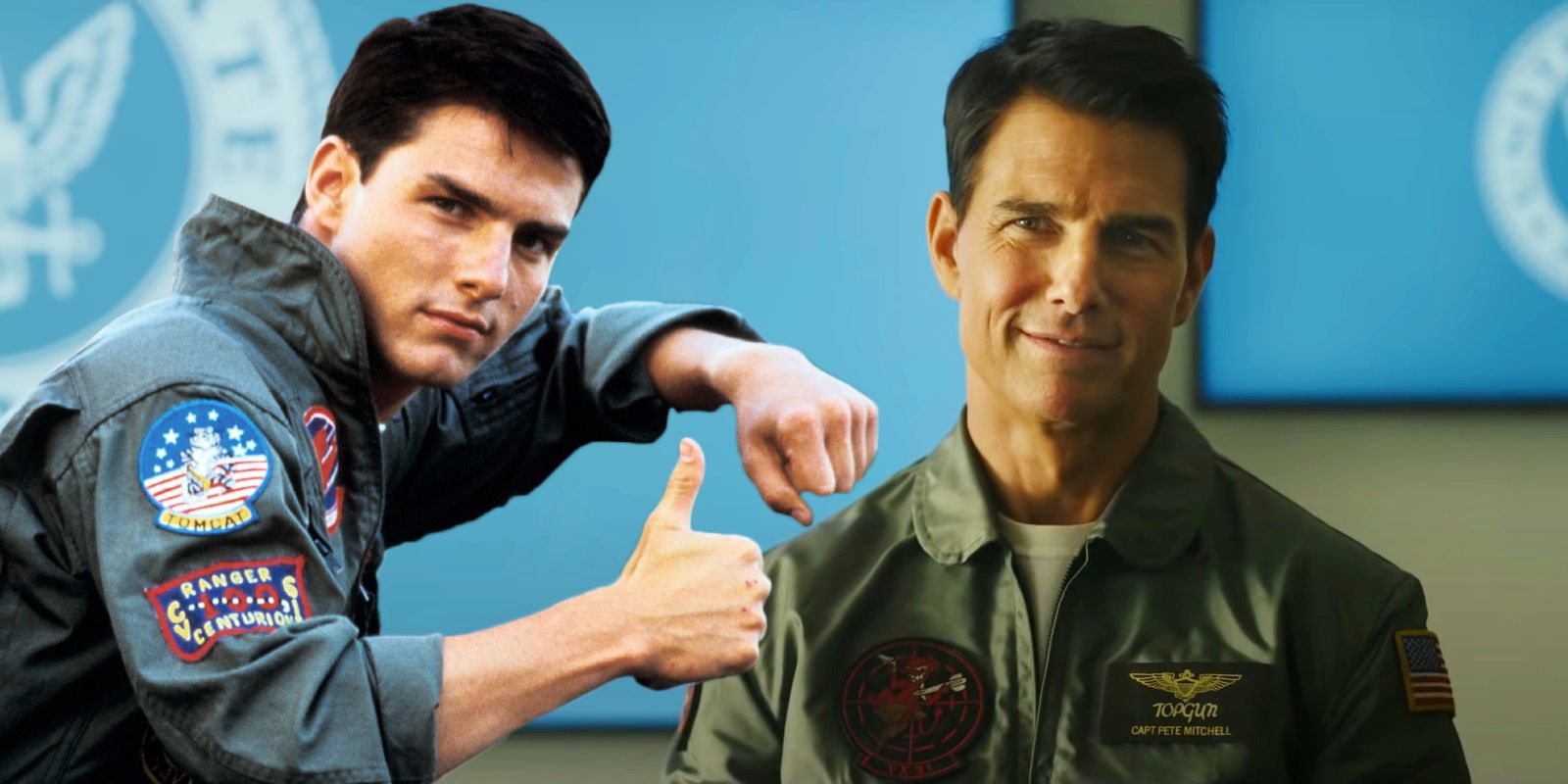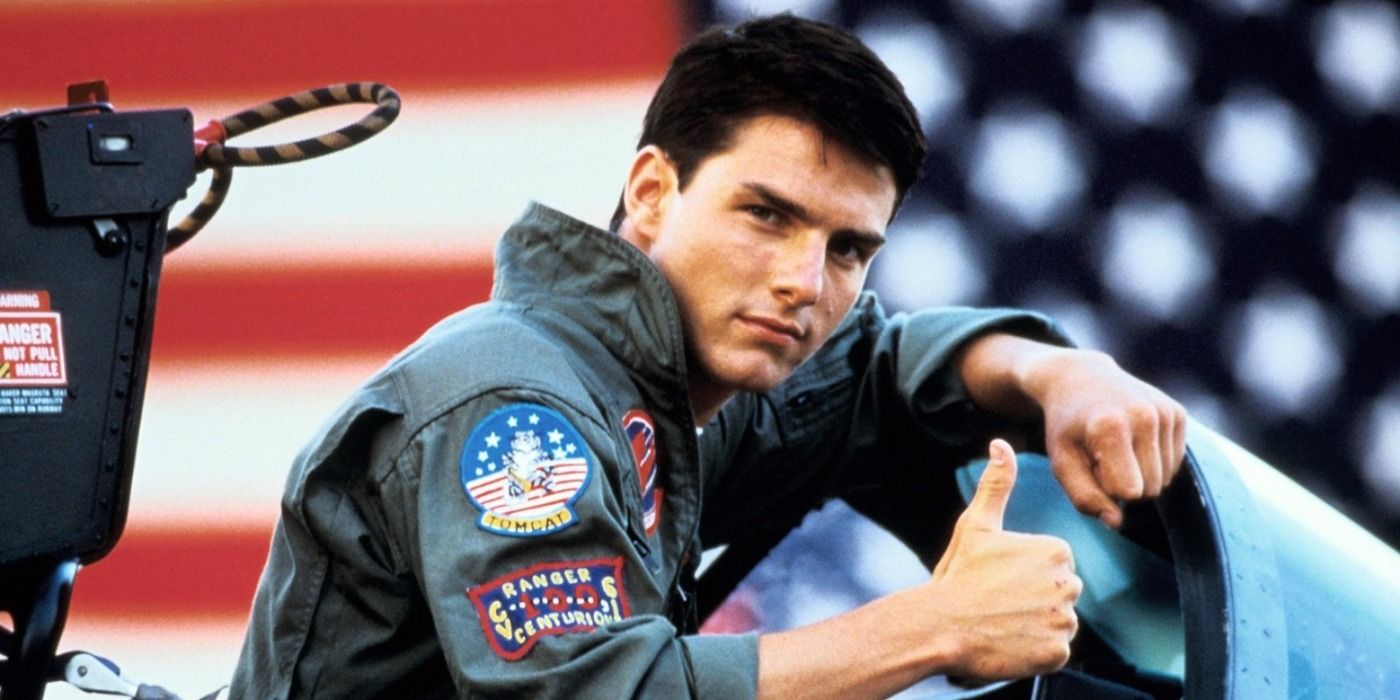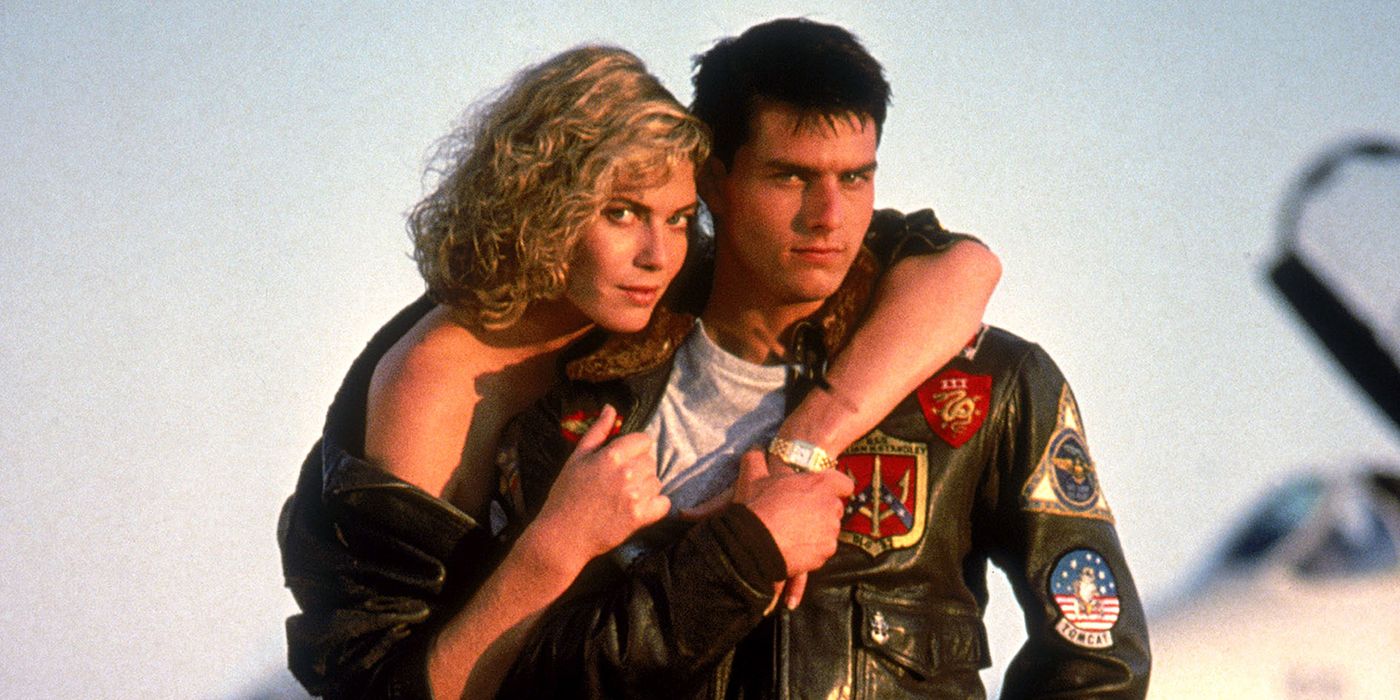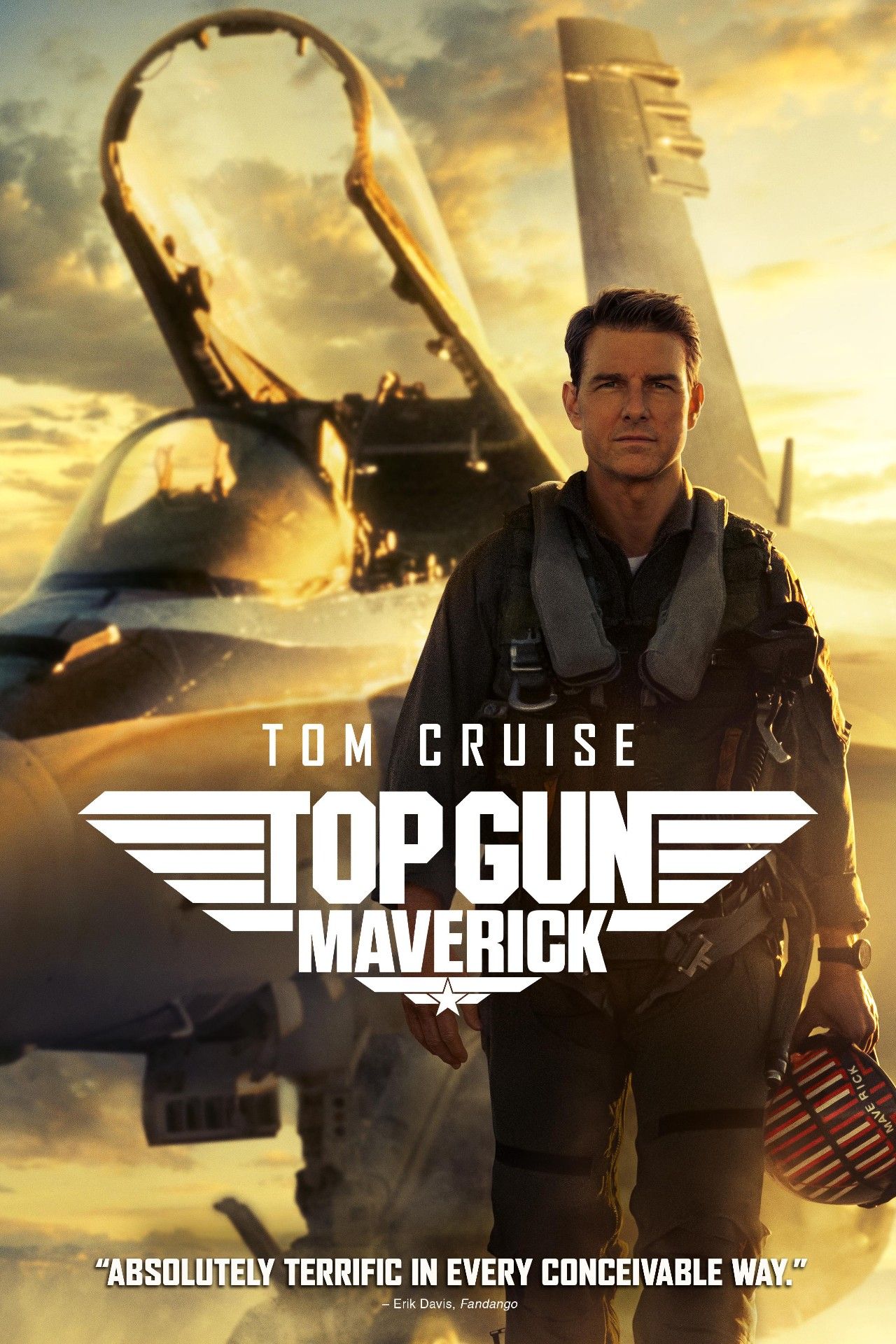Here's what Top Gun's ending really means. 1986 action drama Top Gun secured a lasting legacy among the greatest blockbusters of the '80s, with Cruise's turn as Maverick remaining one of the actor's most iconic roles to date. While Top Gun received mixed reviews upon its initial release, it remains one of the most beloved movies of a generation, with its sequel, Top Gun: Maverick, finally being made after several decades.
Top Gun tells the story of the titular U.S. Navy's Fighter Weapons School at Naval Air Station Miramar in San Diego, California. Tom Cruise and Val Kilmer star as Maverick and Iceman - two rival pilots who must learn to co-operate instead of competing for the top spot. As well as exploring the pair's rivalry, Top Gun also follows Cruise's Maverick as he strikes up a relationship with one of his instructors, Kelly McGillis' Charlotte "Charlie" Blackwood (inspired by civilian instructor Christine Fox).
After Maverick's reckless nature finally begins to catch up with him when his friend Goose is killed during a training exercise gone awry, he starts to change his ways. By the end of Top Gun, he's learned the importance of teamwork and following orders, saving Iceman instead of chasing personal glory. However, Top Gun neglects to answer a handful of burning questions.
Is Top Gun Based On A True Story?
Top Gun may have been inspired by the real Naval Air Station Miramar and its pilots, but its story depicted in the movie is fictional. That said, the U.S. Navy did assist in the production of Top Gun (which then impacted Navy recruiting in real life), making much of its action and story as realistic as possible. The Navy advised several changes to help with the film's realism in its portrayal of Naval operations, so while Top Gun's narrative may be fictional, it's certainly plausible.
What Happened To Cougar
Cougar appears in the opening scenes of Top Gun as Maverick's fellow pilot who is shaken by an engagement with enemy aircraft. After Maverick helps Cougar land, the latter admits that he lost his nerve and hands in his wings, resulting in Maverick being the only qualified candidate to attend the TOPGUN program. However, despite being the reason that Maverick - a good pilot but reckless operator - is sent to the titular flight school, Cougar's ultimate fate isn't made clear by the film.
As Cougar is seen "handing in his wings," the chances are that he never flew for the Navy again. From his emotional state, it can be assumed that he returned home to his wife and children, leaving his dangerous military life behind him. His fate is important, as it shows what Maverick could become if he allows fear and loss to affect him - something which comes into play more than once in Top Gun.
Why Maverick Refuses To Leave Iceman Without A Wingman
One of Maverick's key decisions in Top Gun's climactic scenes regards Iceman, his former rival and new wingman following the death of Goose. Despite Maverick and Iceman's feud, Maverick refuses to leave Iceman behind, saving his former rival by sticking with his new wingman. It's a recurring theme throughout the film, but Top Gun doesn't fully explain Maverick's decision.
By refusing to leave Iceman, Maverick overcomes his fear in order to act as part of a team. He has repeatedly struggled with this throughout the film, and his choice to risk his life to save another brings him full circle from his former self-interested attitude. After feeling guilt over Goose's death, Maverick chooses to protect Iceman as a means of redemption, ultimately making him a hero.
Why Maverick Throws Goose's Dog Tags Away
His death at the end of the film's second act makes Goose one of Top Gun's most important characters, and Maverick can be seen holding his dog tags in the film's final scenes. One of the film's last shots shows Maverick throwing Goose's dog tags into the ocean - which, to some, might seem an odd way to honor a fallen friend. However, Maverick throwing Goose's dog tags away is actually far more significant than it may appear.
One of Maverick's biggest challenges in Top Gun is learning to let go. Over the course of the film, he's seen learning to let go of his ego and of his fear, and the final scene sees him let go of his grief, too. Throwing Goose's dog tags into the ocean signifies that Maverick wants to move on with his life, and it's his way of letting go of the guilt he felt over his friend's death.
The Significance Of Maverick's Father
Throughout the earlier stages of Top Gun, Maverick believes that his father was killed in action due to his own inability to follow orders. However, it's later revealed that his father, Duke Mitchell, died a hero - a subtle alteration of the story which affects a change in Maverick. Seeing his father as a hero as opposed to a loose cannon inspires Maverick to do the same, culminating in his rescue of Goose.
Why Maverick Returns To TOPGUN As An Instructor
Upcoming sequel Top Gun: Maverick continues the original movie's storylines and will see Cruise return to TOPGUN as an instructor. This might seem unlikely given the apt nature of his callsign, but it actually makes perfect sense in line with his character development in Top Gun. After going from a rebellious prodigy to a genuine hero, Maverick possesses both the talent and the experience to inspire young pilots, meaning that his career shift actually makes perfect sense.
Top Gun's Themes Explained
One of Top Gun's biggest recurring themes is one of letting go and moving on. Maverick's entire character arc is built around him becoming a better person by letting go of his ego, and later on, he must also let go of his guilt and fear in order to achieve his mission. However, Top Gun also touches on a handful of other themes.
One of the most infamous is the gay subtext in Top Gun, which forms an interesting (if unproven) deeper meaning behind Maverick's grief. There's also an exploration of personal growth and the difficulty of conforming (especially when it's against one's nature). Interestingly, these latter two feed almost directly into Top Gun's pro-military ideology, causing many to believe the film to be little more than propaganda. Top Gun's more personal story about Maverick's growth and change speaks for itself, though, and has made it one of the most consistently popular '80s movies over the decades since.
The Real Meaning Of Top Gun's Ending
Top Gun's ending sees Maverick overcome his recently developed self-doubt to save his former rival, Iceman. It's a triumphant and bittersweet victory for Maverick, who is forced to let go of his guilt over the death of Goose. However, Top Gun's ending is significant as it sees Maverick finally realize his potential, not just as a pilot but as a man.
Maverick's journey throughout the film is one of self-discovery. He is forced to take closer stock of himself, and after Goose's tragic death, he seems to have lost both his confidence and his edge. The film's ending shows Maverick choosing to overcome it all, making Top Gun's ending a happy one for the pilot, who finally fulfills his heroic potential.

